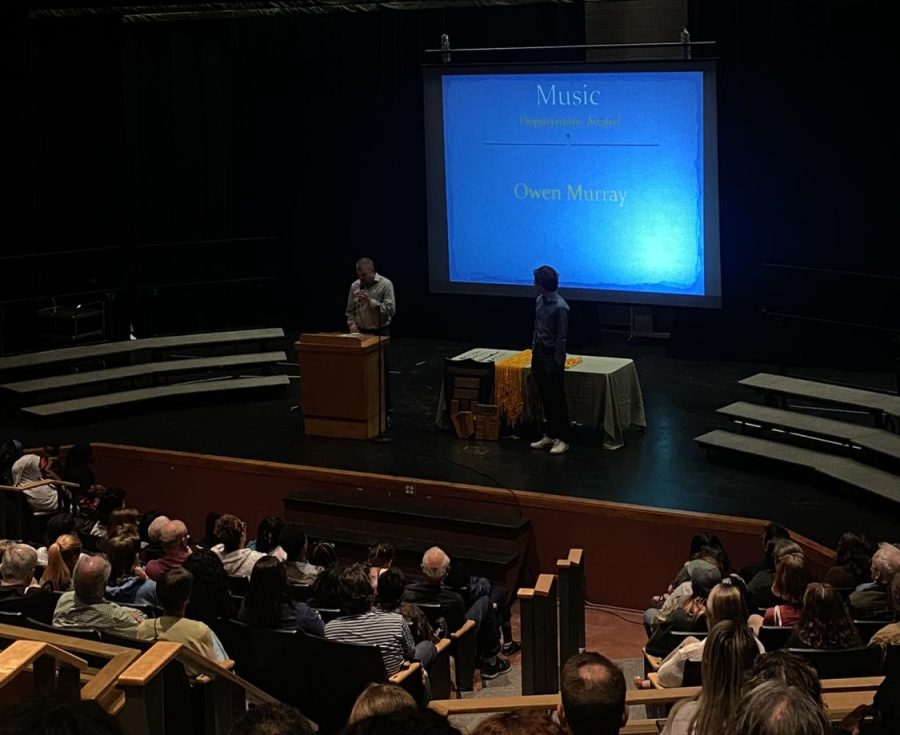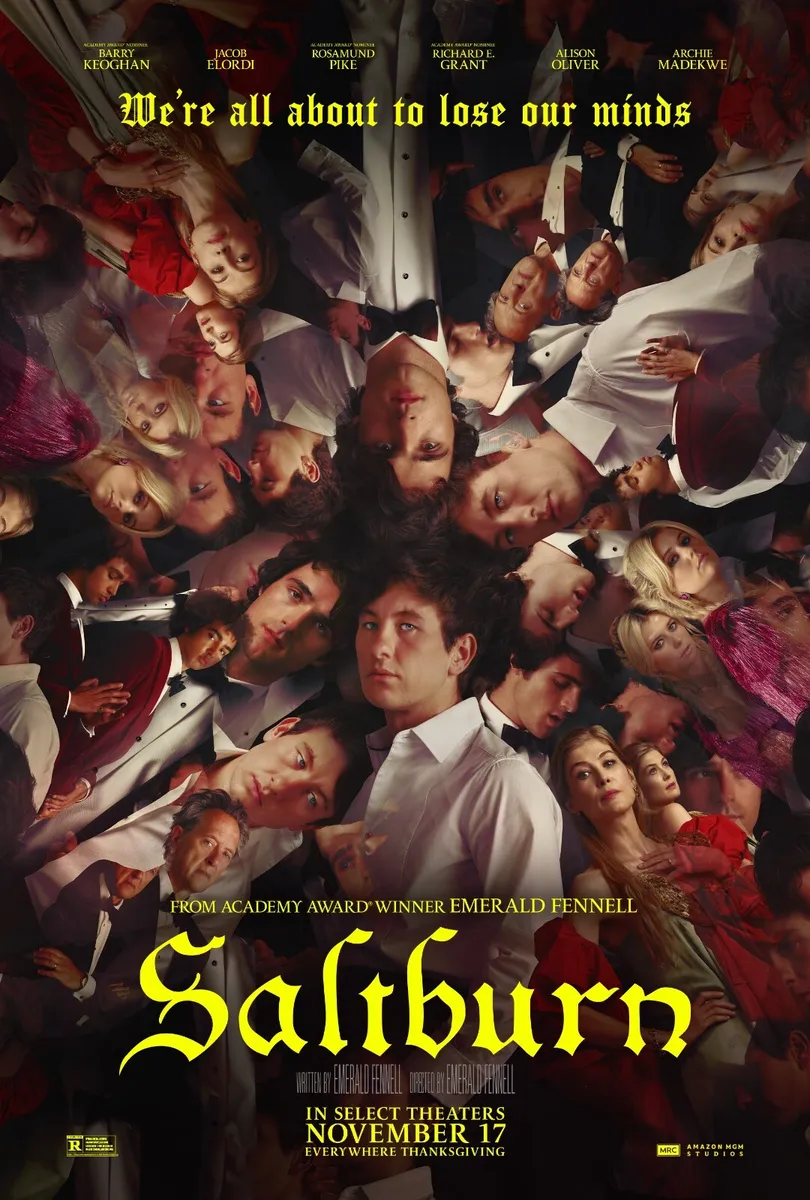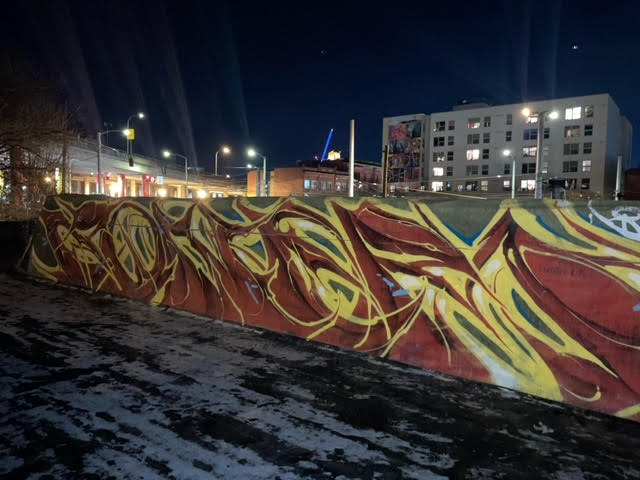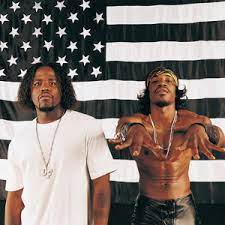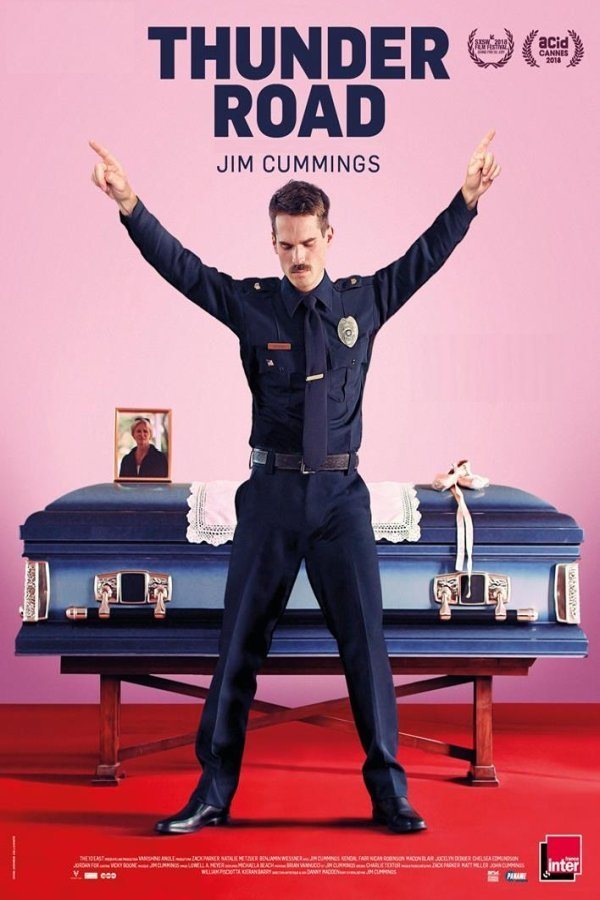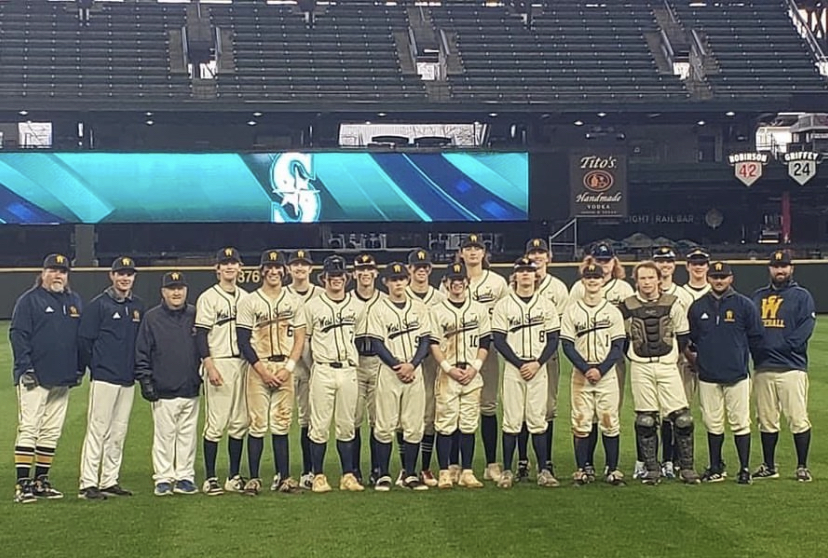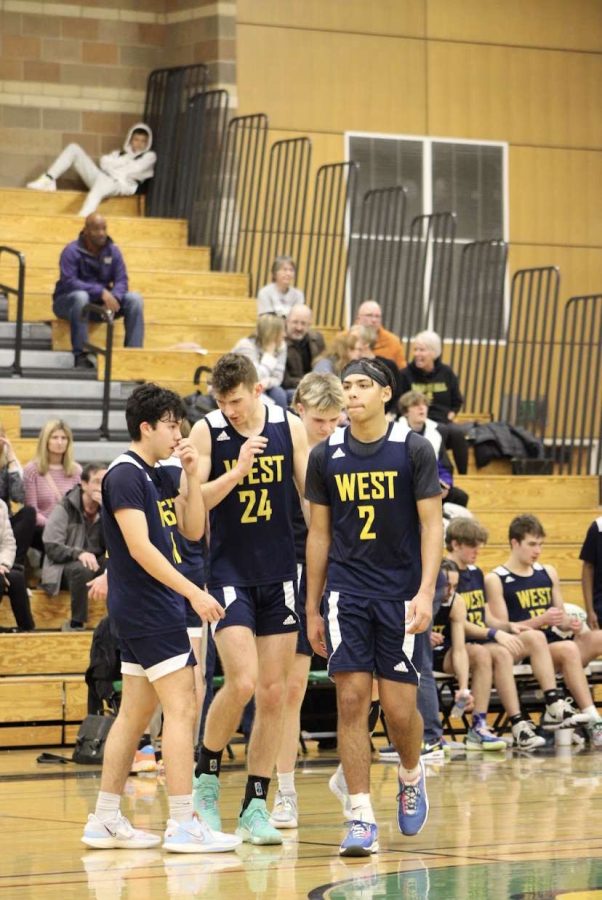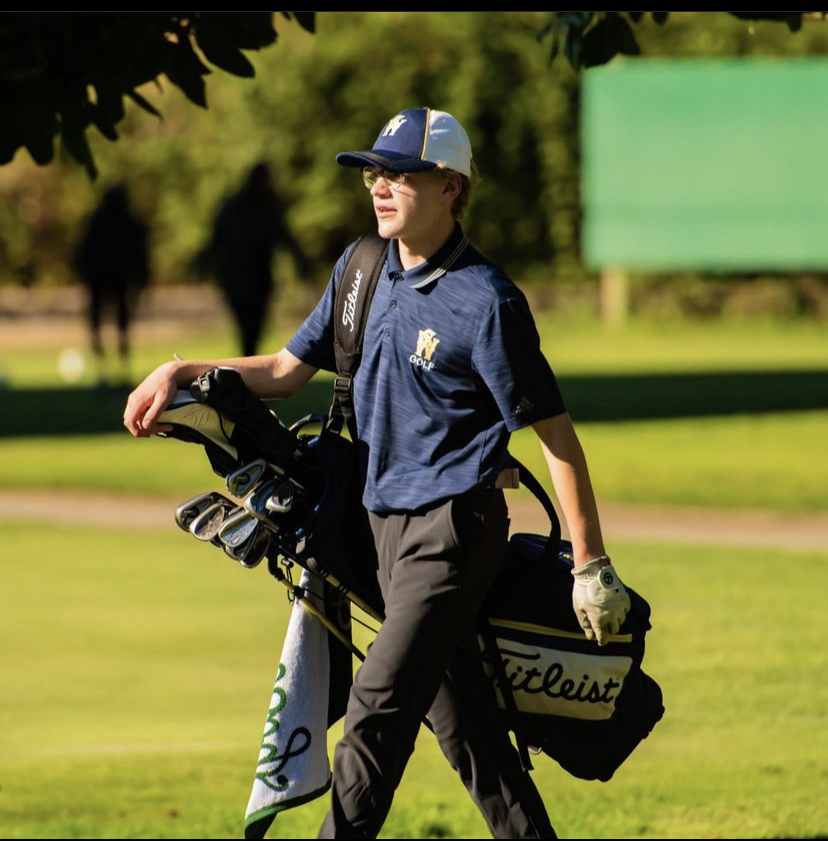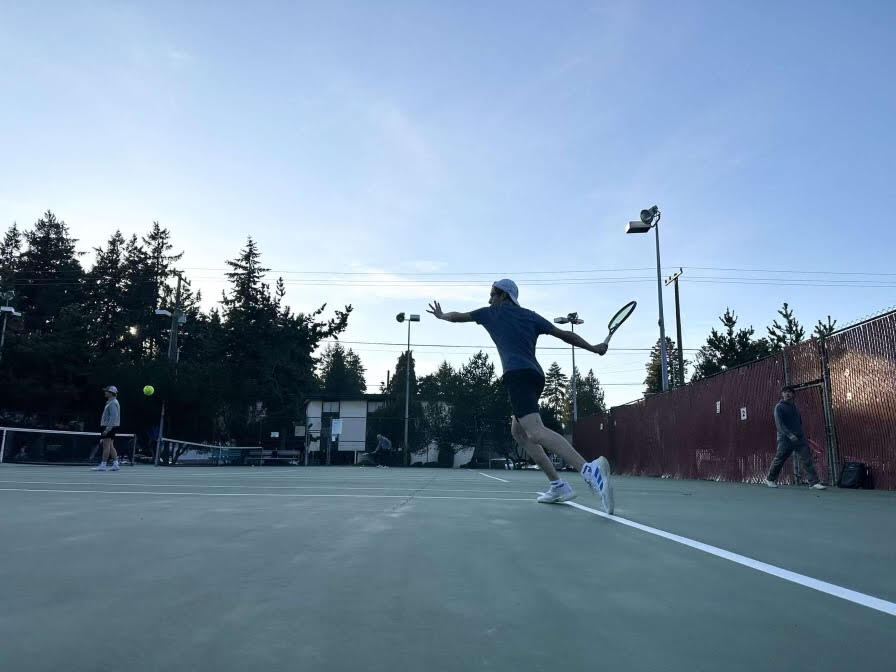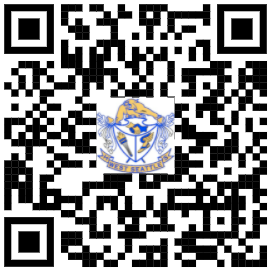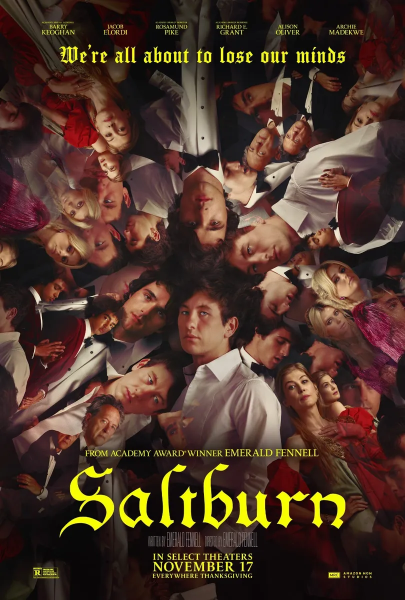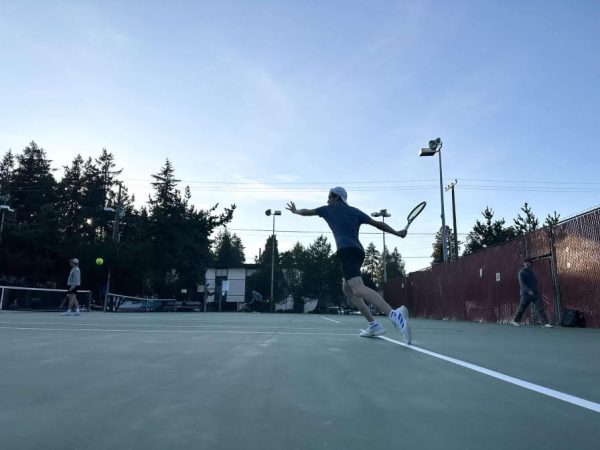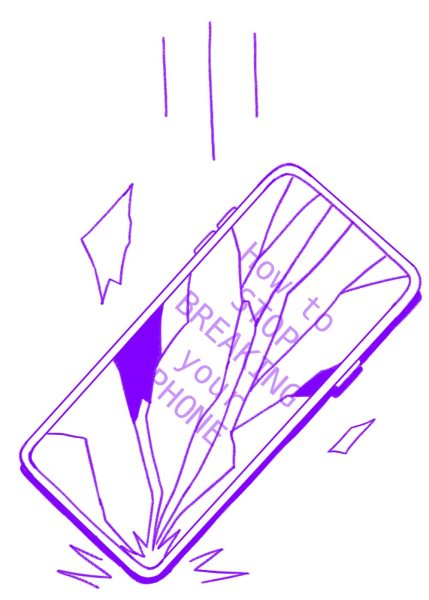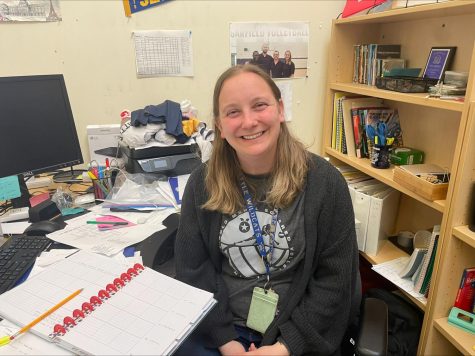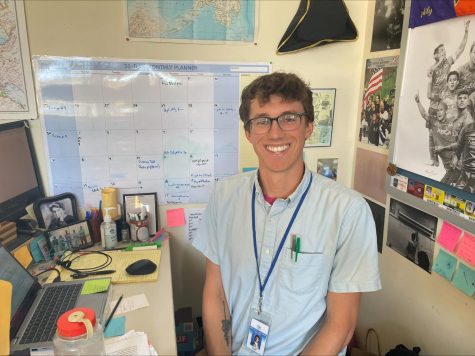Stuck in the Desert
February 16, 2023
In the mid-1990s, Mary Doerflein-Bohus set out on a trip near Moab, Utah. It was supposed to be a three-day camping expedition (roughly) that included driving though the Shafer Trail in Canyonlands National Park, but things did not go exactly as planned.
At the time, Mary was about to move jobs from 3M to a startup in Seattle, meaning she would soon leave her home in Salt Lake City and move to Seattle sometime soon. She loved Utah – with its distinct seasons and easy access to mountain biking, hiking, and other outdoor activities. She was not sure if she would ever be going back, so she made one last trip along the Shafer Trail, the weekend before she planned to start her new job. She decided to set up camp on land owned by the Bureau of Land Management in the middle of the desert. Mary spent the night before going to the canyon where the Shafer Trail was situated.
It is important to note that the Shafer Trail is not the safest place to drive on. You can drive on it safely with the proper equipment, but it is an unpaved road with low overhanging rocks that would prove to be a challenging drive for most people. When Mary was driving through it, few people would dare drive along the trail, so it was an isolated part of the desert. It is not a quick drive, either. The fifteen mile-per-hour speed limit throughout its entire twenty-mile length makes it a slow trek. About ten miles into her drive, Mary decides to stop for lunch, and as she turns her car off, she hears a strange hissing sound from the hood of her Jeep. As she got out into the sweltering heat of the desert, she saw a trickle of water falling from her car, and she realized that her radiator had sprung a leak. Mary knew that she needed something to cool the engine off or else it would stop working; trapping her in the desert during the hottest part of the day. Fortunately, Mary always takes an eight-gallon jug of water with her on camping trips just in case she runs into an emergency like this one. She went to the back of her car only to find that it was not there. She had left it back at her campsite.
Even with the stress of moving and taking a new job, and the anxiety from the situation she found herself in, Mary managed to stay calm and produce a solution. The only water she had to cool off her car was her liter of drinking water she brought for the drive. Of course, this was not enough to take her all the way back to the beginning of the trail, let alone her campsite with her belongings. Mary decided that she would use it to get to a fork in the trail because she presumed people would be more likely to pass by areas like that. She began pouring a small bit of her water into her car’s radiator so she could start her car and begin driving. However, her car would overheat and stop working, so she would pull over and wait for it to cool off. Then, she would repeat the process, hoping that she had made the right call to use her only supply of water to move her car. Very slowly, she began progressing back up through the trail. She made it to the base of the canyon before running out of drinking water. With no other options, she put up the hood of her car to show that she was in distress and waited.
Minutes turned into hours as she waited, until she eventually saw a Ford Bronco heading her way on the long, winding trail down the canyon. The person inside of the vehicle pulled over when they reached Mary and asked her if she needed any assistance. After she explained her situation, they offered to take her back up to the ranger’s station in Canyonlands, where she could make a phone call to get her car out of the canyon. She had to tow her car out of the canyon and into Moab, where she worked with someone at an automobile service station to figure out how to fix her vehicle. The person she was working with told her that the piece in her car that needed to be replaced had to be shipped from Salt Lake City and would not arrive for two days. Since Mary needed to collect her gear from the campsite, the person helping her with her car kindly offered to give her the keys to their pickup so she could get her belongings and find a hotel. In the end, she was successfully able to get the part her car needed and made it back to Salt Lake City just in time for her flight to Seattle.
Somehow, even after this chaos, her life continued as normal. She eventually sold her house in Salt Lake City so she could move to Seattle, where she still lives today. In an interview, Mary reflected upon the experience she had, saying, “It made me really realize that you really have to think a few steps ahead and you have to be prepared for the conditions where you are going.” She now makes sure to always bring a large jug of water when going on treks in the desert, and she uses experiences like this one to make sure that her family always brings the right gear to keep themselves safe. After this chaotic adventure, she realized that getting a car towed out of a canyon in a remote part of the desert can be expensive. She stated that the cost of the car piece she was replacing was nowhere near as expensive as the hefty towing fee she was given.
Mary ended our interview by saying, “There’s a lot of good people in the world and we hear a lot about bad situations that happen but there’s also all those good situations that often don’t get reported upon.” She is incredibly grateful to all the strangers who showed her such kindness and trust throughout her crazy adventure.
Hopefully, stories like this one will help remind people to be careful and prepared when going out into nature, because the world is full of surprises.



